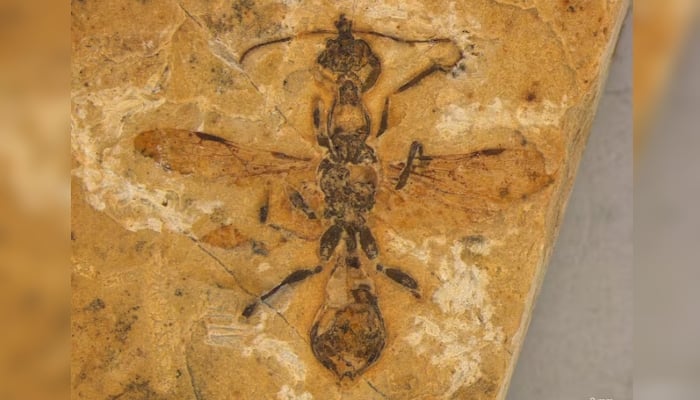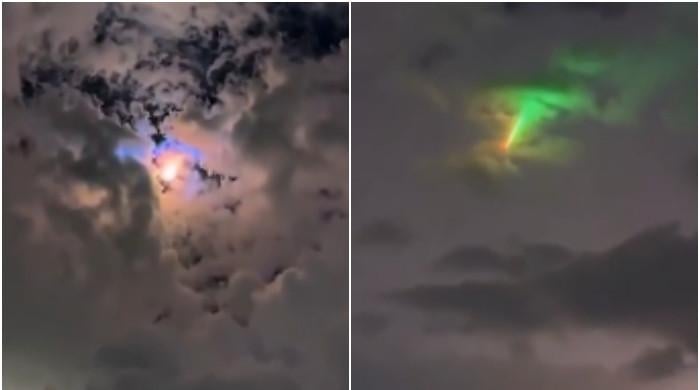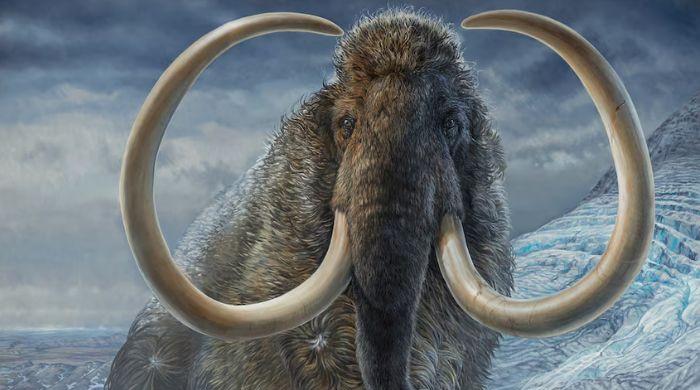Oldest-known ant preserved in 113 million-year-old Brazilian fossil
The species, "Vulcanidris cratensis", is part of a lineage called hell ants, named for their demonic-looking jaws
April 26, 2025

Scientists have identified the fossilised remains of the oldest-known ant - a winged insect with fearsome scythe-like jaws that lived about 113 million years ago during the age of dinosaurs and was preserved in limestone unearthed in northeastern Brazil.
The species, called Vulcanidris cratensis, is part of a lineage called hell ants — named for their demonic-looking jaws — that prospered in a wide geographical range during the Cretaceous Period but have no descendants alive today.
A previously discovered Cretaceous hell ant was named Haidomyrmex in honour of Hades, the ancient Greek god of the underworld.
A medium-sized ant about a half-inch (1.35 centimetres) long, Vulcanidris possessed highly specialised jaws that would have enabled it to pin down or impale prey. Like some ants alive today, it had wings and appears to have been a capable flier. It also had a well-developed stinger like a wasp.
"It would probably be confused with a wasp by an untrained eye," said entomologist Anderson Lepeco of the Museum of Zoology of the University of São Paulo, lead author of the study published this week in the journal Current Biology.
"They probably used their mandibles (mouthparts) to handle their prey in a specific way," said Lepeco.
Its mandibles moved up and down and not side to side, as they do in today's ants.
"Currently, many odd mandible shapes can be found in ants, but they usually articulate horizontally," Lepeco said.
This ant is roughly 13 million years older than the previous oldest-known ants, specimens found in France and Myanmar that were preserved in amber, which is fossilised tree sap.
The Vulcanidris anatomy is remarkably well preserved in the limestone, which was excavated decades ago in the Crato geological formation in the Brazilian state of Ceará, probably in the 1980s or 1990s, according to Lepeco.
It was held in a private collection before being donated to the São Paulo Museum about five years ago.
"I was looking for wasps among the fossils of the collection and was shocked when I recognised this one as a close relative of a hell ant previously described from Burmese amber," said Lepeco, referring to the fossil from Myanmar.
The specialised nature of the Vulcanidris anatomy and the fact that two hell ants lived so far from each other during this part of the Cretaceous suggests that ants as a group emerged many millions of years before this newly identified species existed.
"According to molecular estimates, ants originated between 168 million and 120 million years ago. This new finding supports an earlier age within these limits," said Lepeco.
Ants are believed to have evolved from a form of wasp. Their closest living relatives are wasps and bees.
Vulcanidris inhabited an ecosystem teeming with life. Fossils from the region show that Vulcanidris lived alongside other insects, spiders, millipedes, centipedes, various crustaceans, turtles, crocodilians, flying reptiles called pterosaurs, birds and dinosaurs including the feathered meat-eater Ubirajara. The ant's predators may have included frogs, birds, spiders and larger insects.
Ants have colonised almost everywhere on Earth, and research published in 2022 estimated that their total population is 20 quadrillion globally. That dwarfs the human population of about eight billion.
"They are one of the most abundant groups in most environments on Earth," said Lepeco.
"They play many roles where they occur, such as predation and herbivory, controlling populations of other organisms. They also have intrinsic relationships with specific plants and insects, protecting them from other animals. Subterranean and litter ants help in soil health, and they may also act as decomposers, feeding on dead organisms," said Lepeco.











